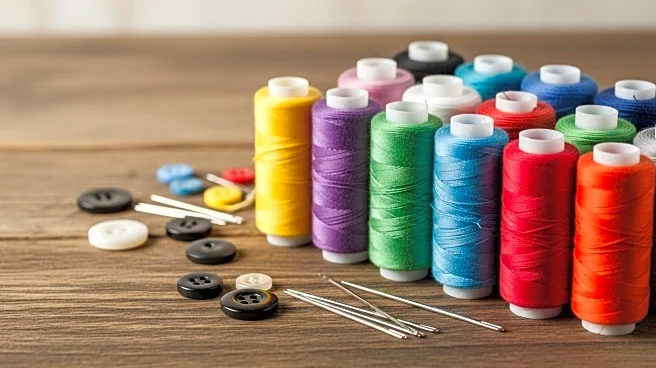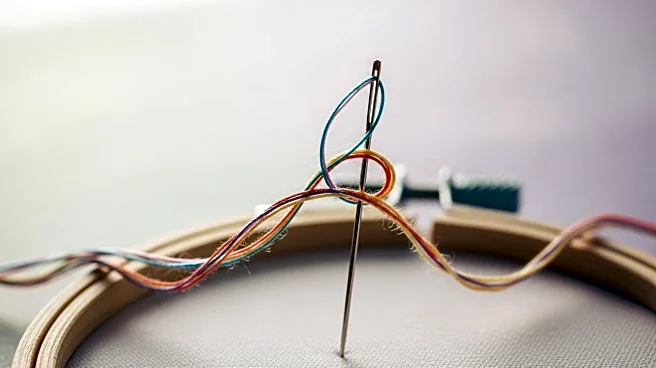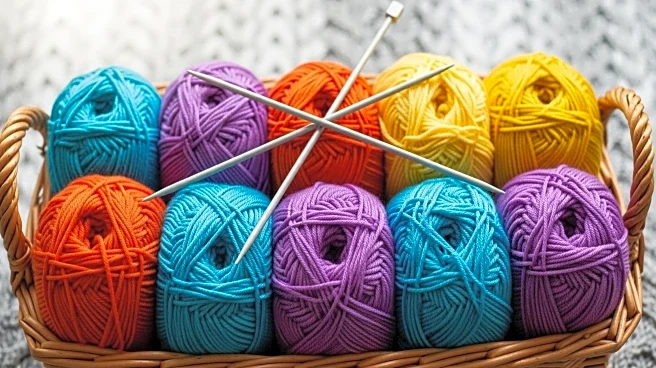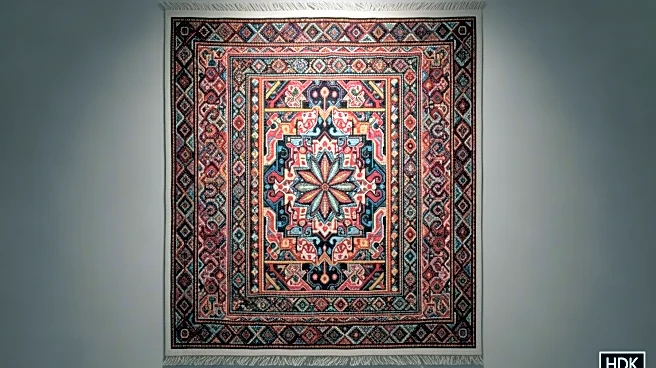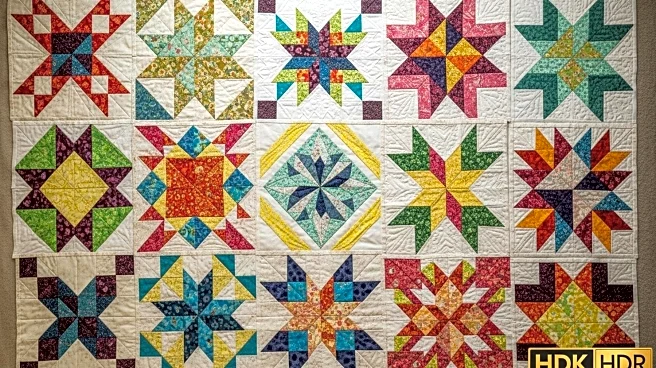What is the story about?
Sewing is a timeless craft that involves fastening pieces of textiles together using a needle and thread. It is one of the oldest textile arts, dating back to the Paleolithic era. Before
the invention of spinning yarn or weaving fabric, Stone Age people across Europe and Asia sewed fur and leather clothing using bone, antler, or ivory sewing needles and thread made from animal parts like sinew and veins. The invention of the sewing machine in the 19th century revolutionized the craft, leading to mass production and export of sewn objects. Despite technological advancements, hand sewing remains a cherished practice among textile artists and hobbyists, known for its role in high-quality tailoring and haute couture fashion.
Sewing has evolved significantly over the centuries, adapting to cultural and technological changes. The introduction of the
sewing machine marked a pivotal moment, transforming sewing from a labor-intensive handcraft to a mechanized process. This shift enabled the mass production of garments, making clothing more accessible and affordable. However, hand sewing continues to hold a special place in the world of fashion and textiles, celebrated for its precision and artistry.
In addition to its practical applications, sewing serves as a form of
creative expression. Textile artists and hobbyists often engage in hand sewing to create unique, custom pieces that reflect their personal style and creativity. This aspect of sewing is particularly evident in haute couture fashion, where intricate hand-sewn details are a hallmark of luxury and craftsmanship.
Sewing also plays a role in education, as demonstrated by John Dewey's laboratory school. Dewey emphasized the importance of
manual training, including sewing, as a means of teaching children valuable lessons in history, geography, engineering, and science. Through sewing, students learn about the origins of raw materials, the conditions under which they are grown, and the historical impact of textile production on humanity.
The cultural significance of sewing is evident in traditional garments, such as the Malay Baju Kurung. Modern technology has enabled the
sharing of traditional sewing methods through self-paced online tutorials, allowing learners to master the craft more efficiently. This blend of tradition and technology highlights the enduring relevance of sewing in contemporary society.
Overall, sewing is a multifaceted craft that combines practicality, creativity, and cultural heritage. Whether through hand sewing or machine sewing, it continues to be a vital part of the textile
arts, offering endless possibilities for innovation and expression.
For the benefit of users - Parts of this article may include content generated using AI tools. Our teams are making active and commercially reasonable
efforts to moderate all AI generated content. Our moderation processes are improving however our processes are carried out on a best-effort basis and may not be exhaustive in nature. We encourage our users to consume the content judiciously and rely on their own research for accuracy of facts. We maintain that all AI generated content on our platform is for entertainment purposes only. To know more about how we use AI, you can write to us at support_spaces@glance.com
Do you find this article useful?
